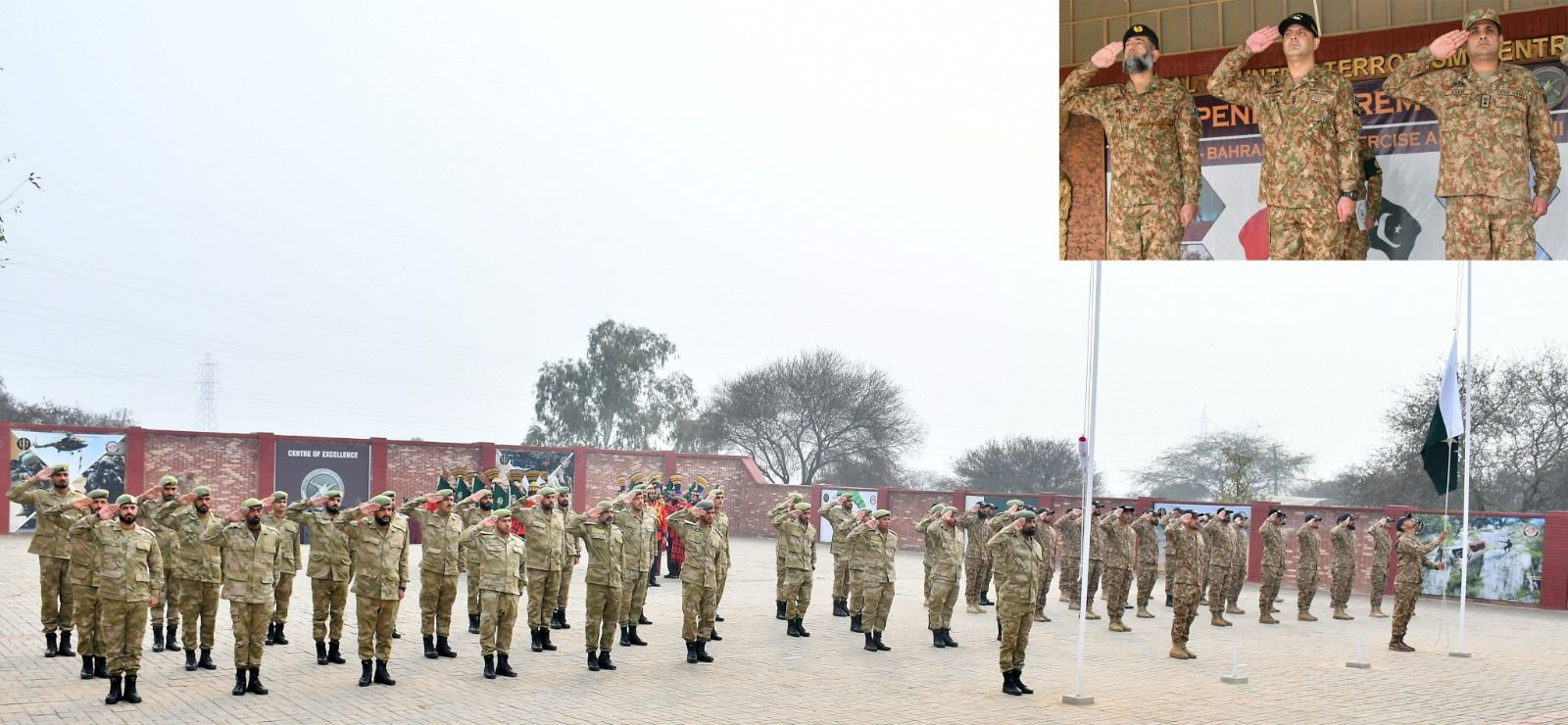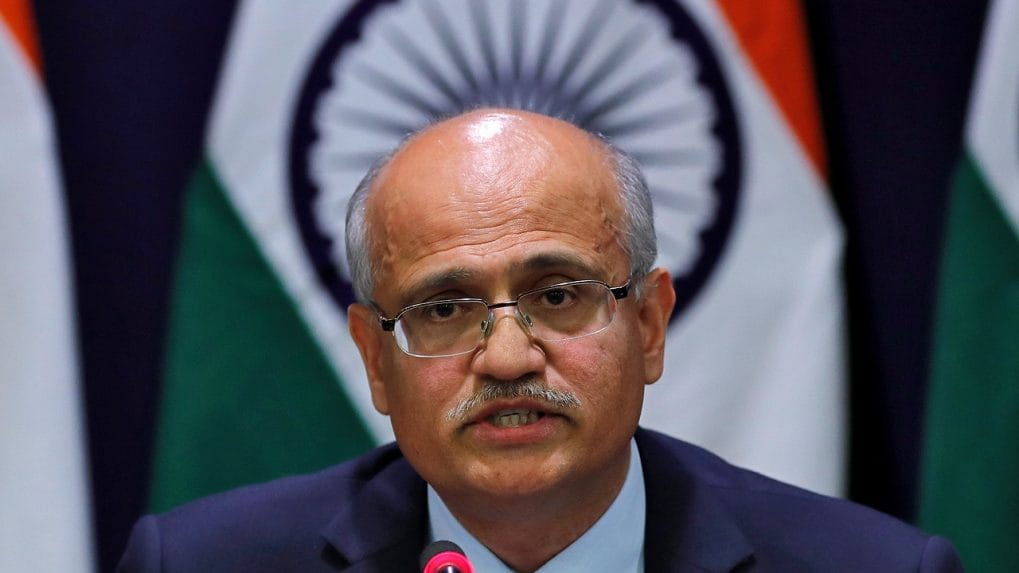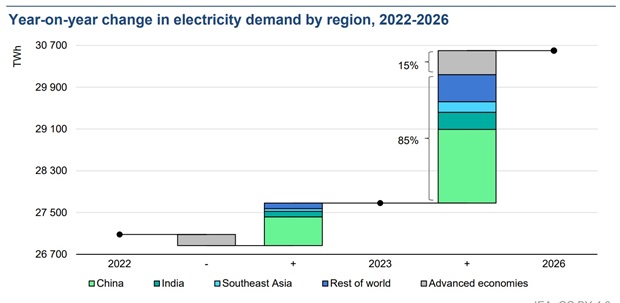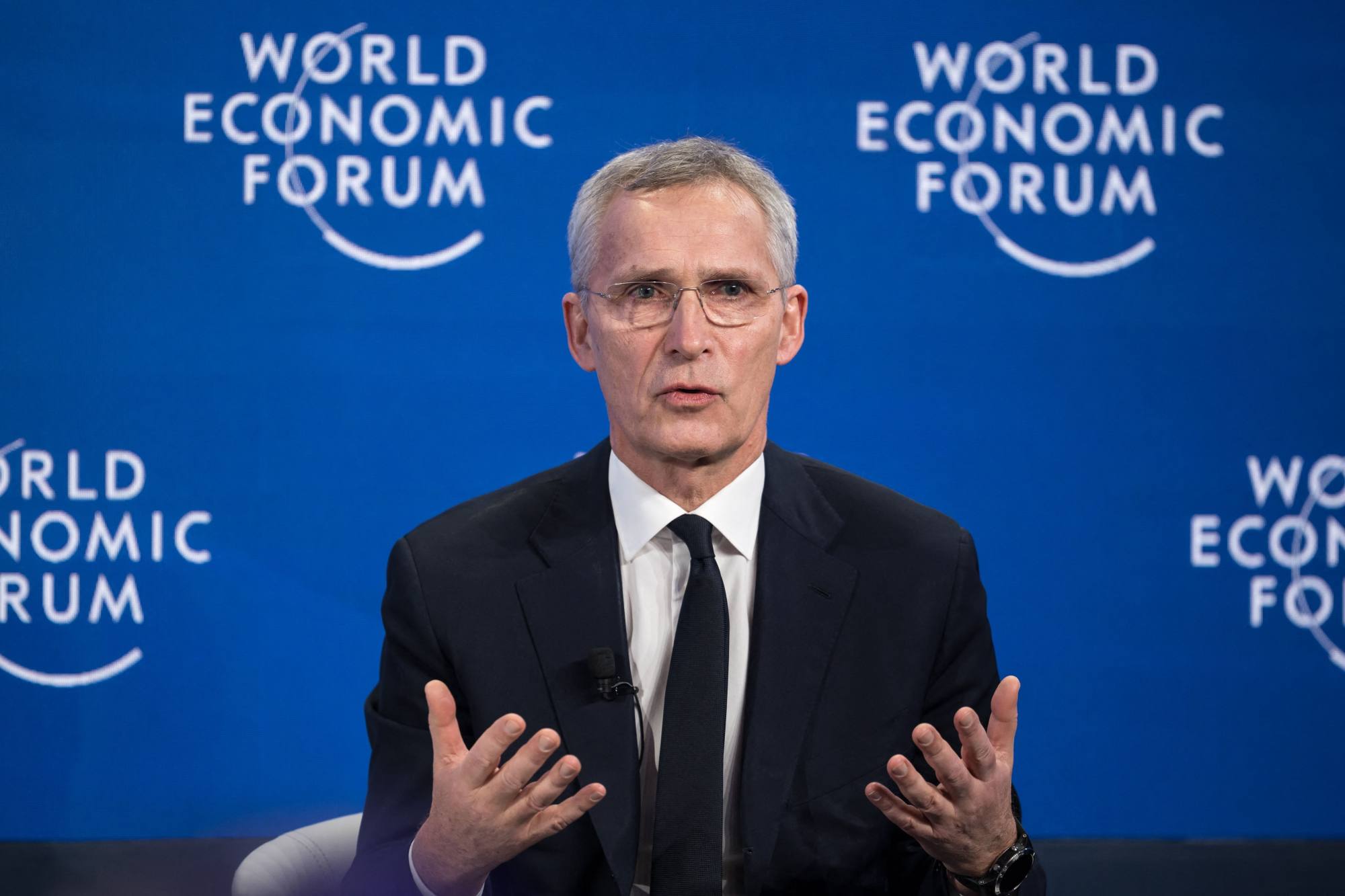[🇵🇰-Land] Pakistan, Bahrain hold joint exercise ‘Al-BADAR-VIII'
- By ghazi
- Pakistan Army
- 0 Replies
Pakistan, Bahrain hold joint exercise ‘Al-BADAR-VIII'
Contingents from Pakistan Army and Bahrain National Guards are participating in the two-week-long exercise, says ISPRNews Desk
January 29, 2024

Opening ceremony of two weeks long Joint Exercise Al-BADAR-VIII at National Counter Terrorism Centre, Pabbi
The opening ceremony of Pakistan-Bahrain “Joint Exercise Al-BADAR-VIII” was held at National Counter Terrorism Centre in Pabbi, Khyber-Pakhtunkhwa on Monday, the military said.
According to Inter-Services Public Relations (ISPR), contingents from Pakistan Army and Bahrain National Guards are participating in the two-week-long exercise.
“The exercise is aimed at nurturing of joint employment and interoperability besides, harnessing the historic military to military relations among the brotherly countries,” the military’s media wing added.
The ISPR said that the Director General Military Training was the chief guest at the opening ceremony.
It further said that both countries have displayed zeal and enthusiasm for benefiting from each other’s expertise.
Al-BADAR is an annual bilateral joint exercise in counter terrorism domain between Pakistan and Bahrain.

Earlier this month the King of Bahrain, Hamad bin Isa Al Khalifa, conferred the Military Medal Order of Bahrain First Class upon Chief of the Army Staff (COAS) Gen Syed Asim Munir during his two-day official visit to the kingdom.
The honour was given in recognition of Gen Asim's efforts and contributions to the strengthening of bilateral ties between the two nations.

Pakistan, Bahrain hold joint exercise ‘Al-BADAR-VIII' | The Express Tribune
Contingents from Pakistan Army and Bahrain National Guards are participating in the two-week-long exercise, says ISPR







